Today we will focus on the Chevrolet Camaro, the arch rival of the original pony car. Compared to Ford, General Motors rushed to push the Camaro onto the market in a desperate attempt to get in the action and bolster profit margins. No, the rear-engined Corvair didn’t cut it and the Chevy II Nova didn’t cut the mustard either. As a matter of fact, the two-door Nova sedan was an overdue reply to the Falcon sedan.
Despite its humble origins, the Camaro became a staple of automotive folklore for its timeless looks, stirring get-up-and-go, and its strength of character. 50 years on and six generations later, the Camaro is both pony car with sports car credentials and a hell-bent for leather muscle car. The road to the sixth-gen Camaro was long and winding, if not rocky at times. Of course, there has been a handful of dreadful Camaros, but the great ones have always outnumbered the self-reproachful ones.
Before we go through five examples from each set, let me apologize for not including beloved iterations such as the fifth-gen Z/28, 1970 Z28 Hurst Sunshine Special, 1967 Grumpy Toy, and so forth. These being said, let’s get a move on.
The BestThe Original
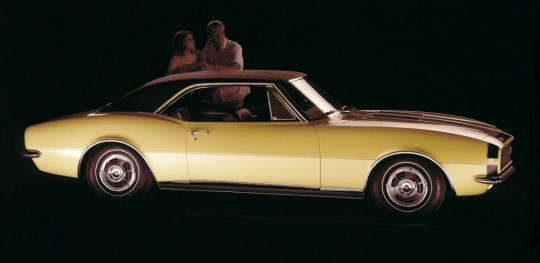
After it had gone on sale in September 1966, the first-ever Camaro generation went on to sell 220,000 units for the 1967 model year. Compare that to the 480,000 units of the Mustang and you understand how much foothold the Mustang gained over the course of two calendar years. Nevertheless, the Camaro was here to stay.
I am well aware that the original Camaro was a hassle to drive, a numb car even by that era’s standard. But then again, Bill Mitchell counterbalanced the handling characteristics with the taut yet elegant “sheer look” aesthetics. Another thing that made the Camaro a more attractive proposition for some customers was the brawnier big-block V8 than what Ford was offering for the Mustang. How brawny? 430 horsepower for the ZL1 427 versus 375 horsepower for the Boss V8 4-barrel.
During its best of times, the first-gen Camaro boasted 81 factory options and 41 dealer accessories. This level of customization was copied inspired by that of the Mustang, but it ensured that the Camaro wouldn’t lose the sales war without a fight.1968 Camaro Z/28
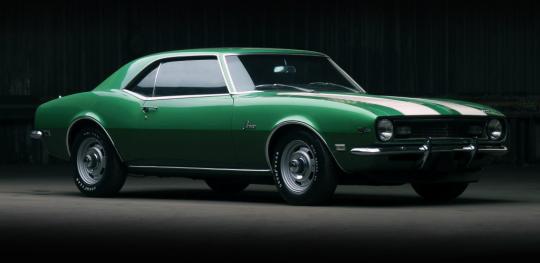
Introduced in December 1966, the Z/28 option matured for the 1968 model year. That’s when the Camaro gained little design tweaks such as the more pointed grille, divided taillights, and side marker lights. Other than the improved styling, the 1968 Chevy Camaro Z/28 was overhauled with a handful of go-faster goodies.
The first and most notable is the large journal crankshaft. On the handling front, General Motors upped the ante with a quicker steering ratio (21.4:1 compared to 24:1). A quicker 17.9:1 ratio was also available. Speaking of which, a thicker front sway bar was also on the menu. Oh, and another thing: better rear suspension.
Compared to the 1967 model year, the 1968 Camaro Z/28 sold a lot more units because General Motors, in its infinite wisdom, remembered to feature the Z/28 package in the Camaro brochure. This marks the moment the masterstroke of Vince Piggins became the go-to “virtually race-ready” pony car. The fifth-gen Z/28, on the other hand, is a full-blown muscle car that outguns the Lexus LF-A, Ferrari F430 Scuderia, Pagani Zonda C12 S, and Ford GT on the Nurburgring.Yenko Camaro
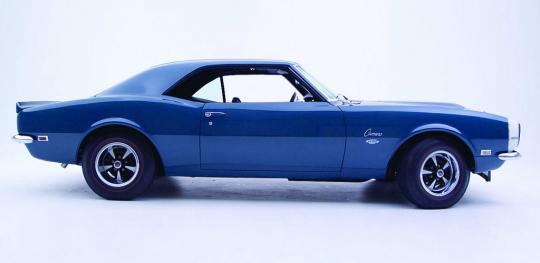
Yenko Chevrolet is the most famous dealership to sell cars bearing the golden bowtie, make no mistake about that. The Yenko legend skyrocketed with the arrival of the Camaro, chiefly because Yenko Chevrolet had its particular way of customizing the Camaro. Spoiler alert: Don Yenko had a thing for big-block V8s.
Indeed, ladies and gentlemen, the Yenko Camaro is the big kahuna of the breed, the one that gains the L72 iron block V8 with 425 horsepower on tap. Internally referred to as COPO 9561, the package retailed for $489.75 and it included the engine, 4.10 BE rear axle, heavy-duty cooling, and the cool-looking ducted hood.
Those who wanted more were offered optional extras such as power front discs and a better tranny. How’s this for a bargain: the Yenko Camaro was $125 less expensive than a factory-spec Camaro SS with the 396 cu.in. small-block V8. 1969 COPO Camaro ZL-1
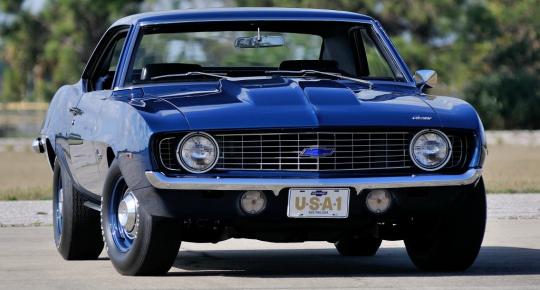
For the 1969 model year, the Central Office Production Order gave birth to the COPO Camaro ZL-1, arguably the most desirable and most powerful subspecies of the first-generation Camaro. And yes, it is powered by a honking great motor.
For the COPO 9560, General Motors decided to flout its under-400 cubic inches policy for the ZL-1 427 cu.in. big-block V8. The 430 horsepower all-aluminum eight-cylinder engine was derived from the acclaimed Chaparral Can-Am racing effort and it was initially developed with NHRA Super Stock drag racing in mind.
As fate would have it, Chevrolet sold only 69 units. This begs the question why. Let me put it this way: would you pay more than $4,000 for an engine over the retail price of the Camaro ($2,727) in the late 1960s? Inevitably, few people did.2017 Camaro ZL1
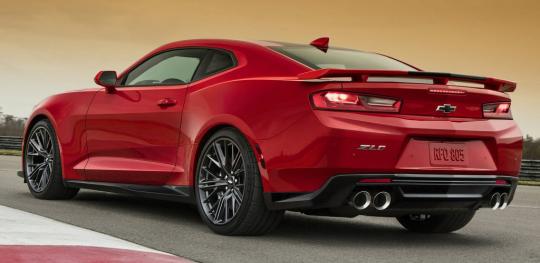
That’s right, the most badass Camaro there’s ever been is also the youngest Camaro to make the list. Mark Reuss, the executive vice president of global product development at General Motors, summarizes this model like a pro:
“It’s a 2+2 coupe offering incredible performance – acceleration, handling and braking – with the highest levels of technology and perfect chassis damping, making it suitable for everyday driving. It will compare well to any sports coupe, at any price, and in any setting.” That’s right, Hellcat owners, he was referring to you.
Its track-bred capabilities are enhanced by features such as an electronic limited-slip differential, performance traction management, a custom Goodyear Eagle F1 Supercar compound, 11 heat exchangers, and the latest generation of Magnetic Ride Suspension. To be utterly frank, though, I’m more bewitched by the ferocity of the LT4 blown V8 and the pronto-shifting 10-speed automatic transmission.
The Worst1974 and 1975 Camaro
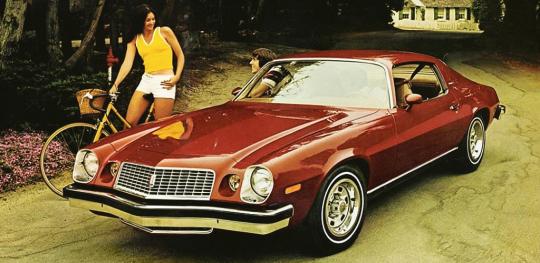
From the 1973 to the 1983 model year, the Malaise Era made everything worse for all things automotive, including pony cars, muscle cars, the Mustang, and the Camaro. The Malaise Era also saw the introduction of a new bumper regulation for the 1974 model year, a regulation that made the Camaro lose its sex appeal.
Other than the fact that the Camaro grew seven inches (178 mm) and it gained a hideous forward-sloping grille, the simple and sleek round taillights we all love were replaced with ugly rectangular units. Nonetheless, the 1975 model year is the biggest offender of all iterations of the second-generation Chevrolet Camaro.
The addition of a catalytic converter and General Motors’ Air Injection Reactor system made everything worse. The change from gross to net power ratings added fuel to the fire, but at the end of the day, no one can deny the fact that a 155 horsepower 5.7-liter V8 is an extremely woeful excuse for a Camaro engine.1982 Camaro with the Iron Duke Engine
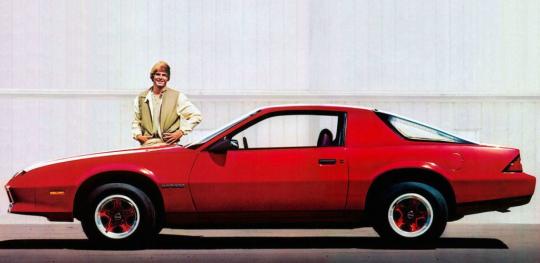
I understand the appeal of a four-cylinder engine, but the Iron Duke Pontiac four-banger is arguably the worst powerplant ever shoehorned under the hood of the Camaro. Care to guess how many horsepower the Iron Duke produced for 1982?
90 horsepower. Ninety frigging horsepower. A 5.0-liter small-block V8 was also available, but it wouldn’t churn out more than 165 horsepower after opting for the Cross-Fire Injection system. Still, the third-gen Camaro has some good points.
For starters, this generation abandoned leaf springs and welcomed MacPherson strut suspension with rear coil springs. To get a taste of how hard Chevrolet was trying to sweeten things up, the manufacturer labeled the 1982 Camaro as being the car that “captures the essence of the contemporary American performance expression.” Right, and pigs fly jet fighters. Hey Chevy, did you know that the first-ever Volkswagen Rabbit GTI also offered 90 horsepower… from a 1.8-liter mill?1999 Camaro
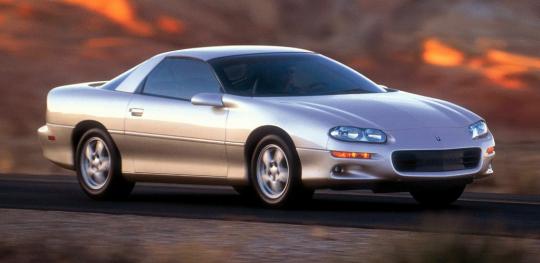
I know what you’re thinking right now. And no, I assure you I haven’t gone crazy, not yet at least. The fourth-gen Chevrolet “I Look Worse Than a Pontiac Firebird” Camaro is a forgettable car, no doubt about that. Its forgetful character also spelled the end of production for the Camaro, at least until the fifth generation straightened things up.
You see, 1999 was the most awful model year for the Camaro. Chevrolet sold just 42,098 units, working out at 115 cars per day. To make matters worse, the lowest production year for the Camaro was succeeded by the early 2000s recession. By comparison, the fourth-gen Mustang sold 166,915 units in the 1999 model year.
On a more positive note, the 1999 Camaro introduced (or reintroduced) some neat features. The oil life monitor is one of them. Other notable goodies come in the form of a Torsen limited-slip differential and a 16.8-gallon (63.6 liters) fuel tank.The Transformers Special Edition Based on Bumblebee
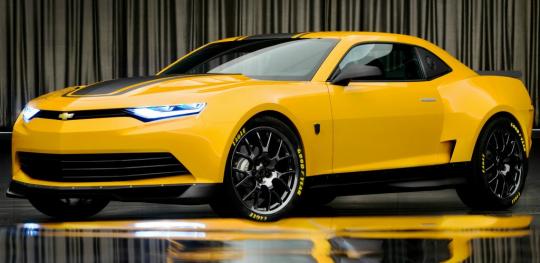
Let’s get one thing straight. Bumblebee, the original one from the 1984 animated series, was based on a Volkswagen Beetle. Bumblebee morphed into a Chevrolet Camaro in the 2000s. Live-action Transformers franchise head honcho Michael Bay called the shots, partly because the German model reminded him of Herbie.
I’m down with this change of heart, partly because the Beetle is too flower power for an Autobot. The thing is, I’m definitely not down with the childish personality of Bumblebee Camaro. From an Autobot who takes pride in serving in espionage to the buffoon of the sentient robots from Cybertron is a long way, dearest Michael.
The most offensive thing about Bumblebee Camaro, though, is the fact that GM offered a special edition dubbed the Camaro Transformers. I’m sorry, General Motors, but those faux carbon fiber rally stripes are brash and downright cheap.All Camaro Pace Cars
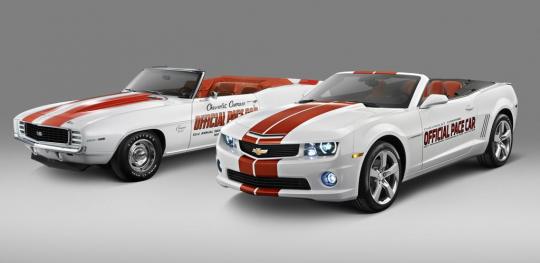
For the 100th running of the Indy 500, Chevy will put Roger Penske behind the wheel of a 2017 Camaro. For the Camaro, this marks the 9th time the nameplate will serve as the pace car. For Chevrolet as an automaker, it will be the 27th time.
Starting with the 1967 Indy Pace Car Replica, this type of special edition spread like wildfire. Even the 1982 Camaro received a Pace Car Edition, for crying out loud! Yep, the one with the underpowered 5.0-liter V8 engine. Capitalizing on the sporting nature of the Indianapolis 500 with a unique paint job and special striping is daft and Chevrolet should feel bad about selling such an ostentatious Camaro.
This type of narrow-mindedness is what made some people, me included, believe that every single person that would spend money on a Camaro Pace Car has a mullet and an unhealthy appetite for country & western music. I apologize for my ramble, but the Chevrolet Camaro Pace Car Edition is nothing but an emasculated pony. Nothing less, nothing more.P.S.:
People who donk the Camaro with ludicrously large wheels, there’s a special place in Hell for you.








